Shipping companies around the world are facing increasing pressure to tackle the huge amount of air pollution emitted by the maritime industry. In a bid to make shipping cleaner, wind-assisted propulsion technology is being deployed as a solution to make shipping operations more environmentally friendly.
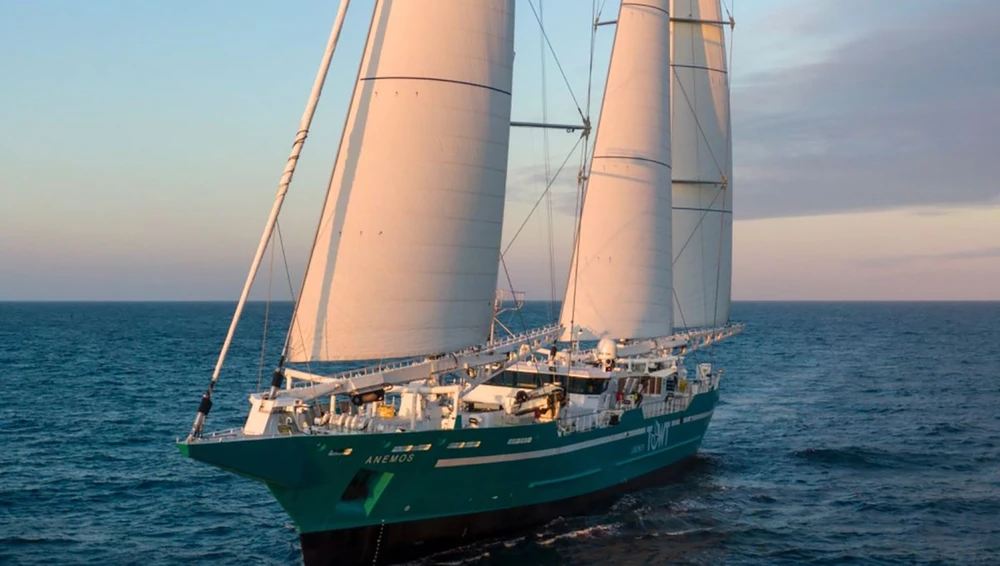
Wind is considered a fuel that costs almost nothing. In addition to significantly increasing operating costs, the potential for reducing emissions from this fuel is also huge. In recent years, some shipping companies have experimented with installing giant sails to pull ships at sea or installing engines that run partly on wind power.
As one of the companies joining the trend of using green shipping using wind power, French company TOWT is trying to test the operation of the sail ship Anemos, marking an important step forward in the shipping industry. The 81m-long Anemos is capable of carrying 1,000 tonnes of cargo. With its giant, automatically controlled sails, the Anemos has an overall height of 62.8m. With its modern design and advanced technology, the Anemos is not only a symbol of the revival of traditional maritime technology, but also a potential solution to the environmental challenges facing the shipping industry. Wind-powered propulsion devices are said to be able to support the transition to cleaner alternative fuels. Reducing a ship's overall fuel demand helps limit some of the price shock of switching to green fuel.
The Anemos sailed from Le Havre, France, to Newark, New York, on its maiden voyage, an 18-day voyage. The sight of the sailing ship arriving in Newark, its hold filled with champagne, cognac and jam, may evoke a long-forgotten era of wind-powered shipping. With Anemos, TOWT is looking to revive this low-cost, environmentally friendly technology and contribute to sustainable shipping. TOWT CEO Guillaume Le Grand hopes this will be the first of many more Anemos voyages, and says six more ships have been ordered amid growing consumer concern about the carbon footprint of transportation.
According to the International Maritime Organization (IMO), the shipping industry emits about 1 billion tons of CO2 each year, equivalent to nearly 3% of global greenhouse gas emissions. The IMO hopes to achieve carbon neutrality in the sector by 2050. In recent years, some shipping lines have experimented with installing giant kites to pull ships at sea or installing engines that run partly on wind power on ships to reduce their dependence on diesel.
According to the International Wind Powered Ship Association, there are currently about 40 large cargo ships worldwide that use wind power. That number is still a small fraction of the 105,000 ships displacing more than 100 tons worldwide. In addition to providing zero-emission propulsion, wind is also an inexhaustible and predictable resource, according to Popular Science. These characteristics are useful for the shipping industry, which accounts for about 2%-3% of the world's CO2 emissions, or 837 million tons of CO2 per year.
SOUTH
Source: https://www.sggp.org.vn/xu-huong-su-dung-van-tai-bien-xanh-bang-suc-gio-post757451.html




![[Photo] Looking back at the impressive moments of the Vietnamese rescue team in Myanmar](https://vstatic.vietnam.vn/vietnam/resource/IMAGE/2025/4/11/5623ca902a934e19b604c718265249d0)
![[Photo] "Beauties" participate in the parade rehearsal at Bien Hoa airport](https://vstatic.vietnam.vn/vietnam/resource/IMAGE/2025/4/11/155502af3384431e918de0e2e585d13a)


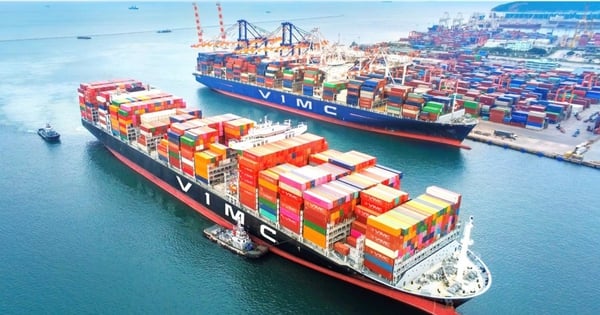

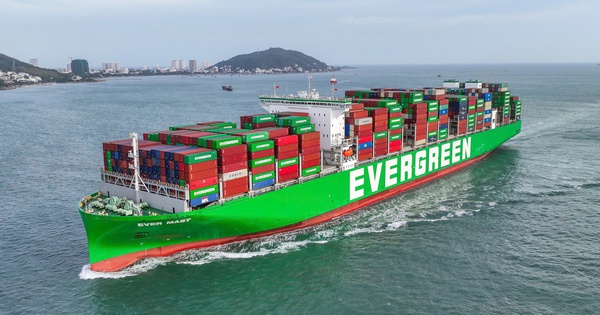
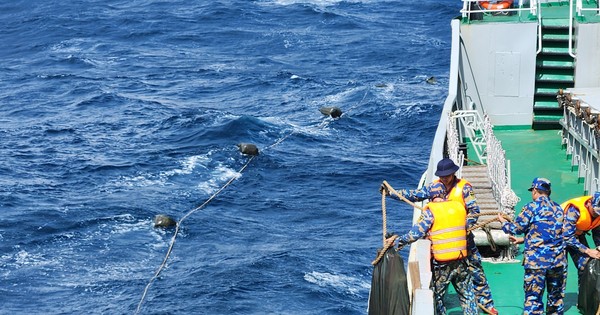



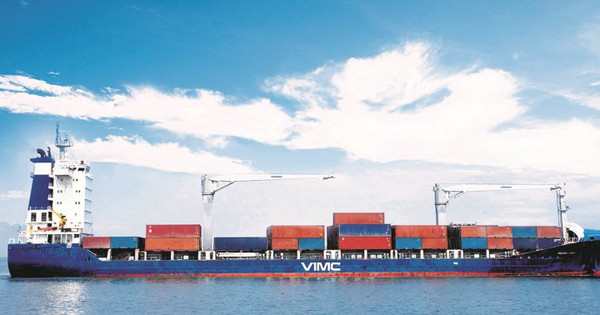


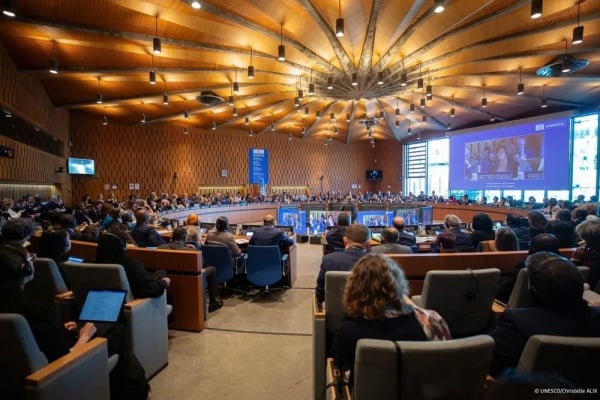













![[Photo] Summary of parade practice in preparation for the April 30th celebration](https://vstatic.vietnam.vn/vietnam/resource/IMAGE/2025/4/11/78cfee0f2cc045b387ff1a4362b5950f)




































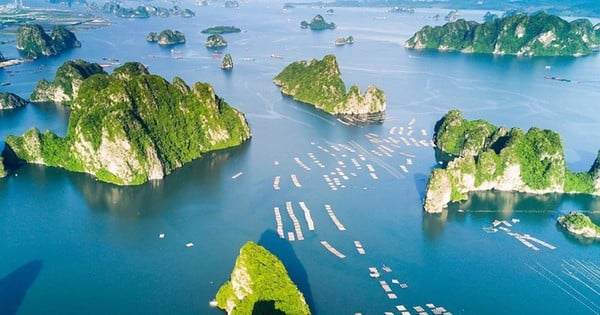


























Comment (0)